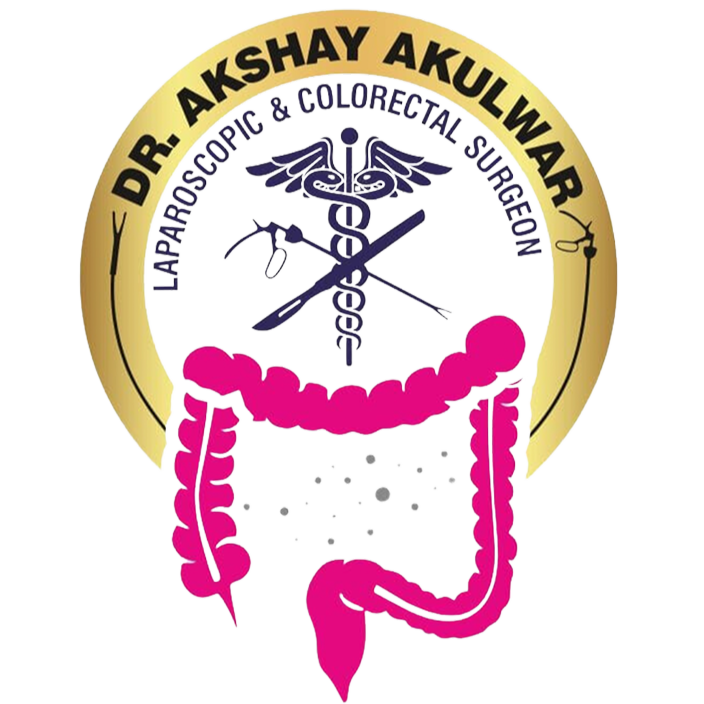Inguinal Hernia Laparoscopic Surgery by Elite Surgeons
About Inguinal Hernia
An inguinal hernia is a condition where a portion of the intestine or other abdominal tissue protrudes through a weak spot in the abdominal wall in the groin region. This can result in a visible lump or bulge, which can be painful, mainly when you cough, bend over, or lift a heavy object. Inguinal hernias are more common in males and may need surgical repair to prevent complications. If you suspect you have an inguinal hernia, it is essential to seek medical attention for the right diagnosis and Inguinal Hernia Surgery.
Inguinal hernias can be further classified into different types based on their characteristics and location. The primary inguinal hernia types include the following:
Types Of Inguinal Hernia
- Indirect inguinal hernia: This type of inguinal hernia occurs when abdominal contents, such as a part of the intestine, protrude into the inguinal canal. It often follows the path of the spermatic cord in men or the round ligament in women. Indirect inguinal hernias are generally congenital, meaning they are present from birth. In some scenarios, indirect hernias can also form later in life due to factors like increased abdominal pressure from activities such as heavy lifting or straining. It is commonly seen in children and young adults.
- Direct inguinal hernia: This inguinal hernia type typically occurs in older men. It involves the protrusion of abdominal contents through a weak spot in the abdominal wall, usually in Hesselbach’s triangle, which is a specific area in the groin. It is typically less common than indirect inguinal hernias.


